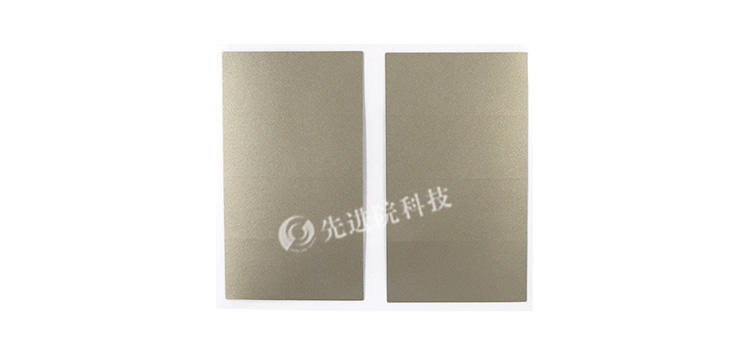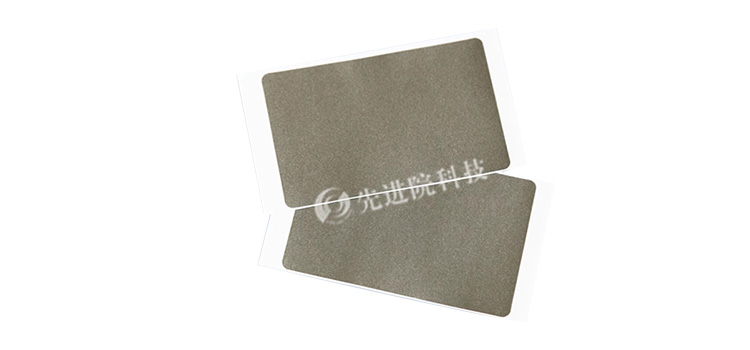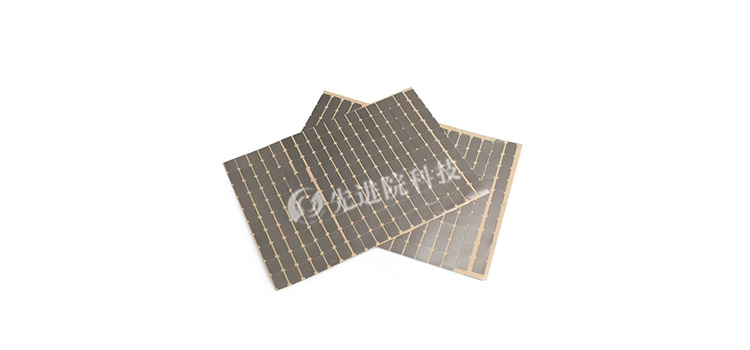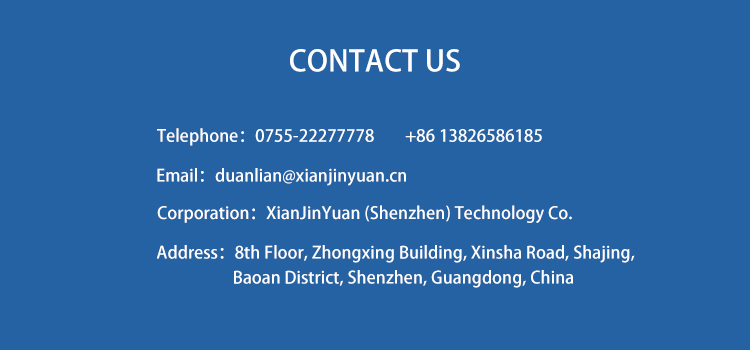Broadband radio wave absorbing materials refer to a type of material that can effectively absorb electromagnetic waves over a wide frequency range (100MHz to 10GHz). This type of material is widely used in situations that require reducing electromagnetic interference (EMI), improving signal clarity, or achieving stealth technology.
Material characteristics
Broadband radio wave absorbing materials typically require the following characteristics:
- Broadband absorption: capable of providing stable absorption effect in the frequency range of 100MHz to 10GHz.
- Lightweight: The material should be as lightweight as possible for easy carrying and installation.
- Thinning: The thickness should not be too large to save space and facilitate integration.
- Durability: It can maintain its absorption performance under different environmental conditions (such as temperature, humidity, etc.).
- Environmental Protection: Materials and their production processes should comply with environmental standards.

Material composition and type
Broadband radio wave absorbing materials can be classified into the following types based on their composition and structure:
- Magnetic materials, such as ferrite and carbonyl iron powder, have high magnetic permeability and perform well in the lower frequency range.
- Conductive polymers: including polymer matrices containing conductive fillers such as carbon black, carbon nanotubes (CNTs), graphene, etc., which have good absorption effects in the high frequency range.
- Multilayer composite materials: Combining the advantages of two or more materials mentioned above, the absorption frequency band is extended through the design of multilayer composite structures.
- Dielectric materials: Some dielectric materials achieve broadband absorption by adjusting the dielectric constant and loss factor.

Design Principle
The design of broadband radio wave absorbing materials is usually based on the following principles:
- Impedance matching: By adjusting the impedance of the material to match the impedance of air, reflection is reduced.
- Multi resonant modes: Utilizing multiple resonant modes within the material to achieve broadband absorption.
- Gradient impedance structure: a multi-layer structure using gradient impedance, gradually changing the impedance of the incident wave to reduce reflection.
application area
The application of broadband radio wave absorbing materials is very extensive, mainly including:
- Radar stealth technology: used to reduce radar cross section (RCS) and improve the stealth performance of military equipment.
- Electromagnetic compatibility (EMC) design: used in electronic devices to reduce electromagnetic interference between internal components.
- Wireless communication system: Use absorbing materials around the antenna to reduce signal leakage and interference.
- Medical equipment: used to reduce electromagnetic interference in MRI and other equipment, and improve imaging quality.










